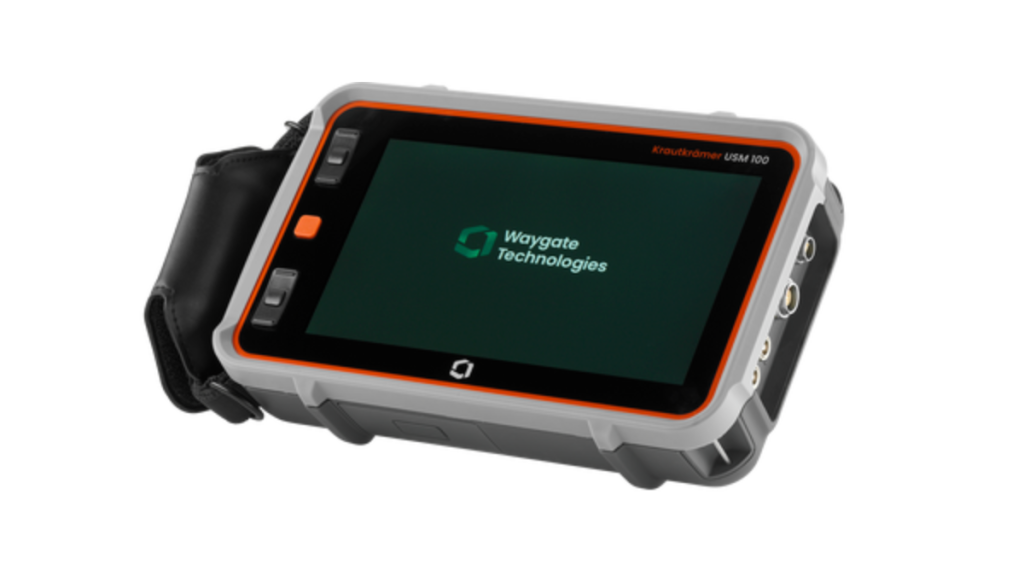Ultrasonic testing (UT) is a non-destructive testing (NDT) method that uses high-frequency sound waves to inspect materials and components. UT involves sending sound waves into the material and analyzing the reflected signals to detect flaws or anomalies.
Traditionally, UT is used for flaw detection in infrastructure, maintenance inspections in sectors such as oil and gas, and quality control in manufacturing. However, beyond its traditional applications, UT also plays a crucial role in extending product life by identifying defects early and preventing failures.
Ultrasonic testing can detect and address potential issues early on, thus reducing maintenance costs, improving product reliability, and enhancing consumer safety. This article explores the various applications of UT and its impact on product longevity, including several hidden benefits.
UT in Manufacturing and Quality Control
UT is widely employed in different production processes to ensure the integrity and quality of products. UT is used in welding, for instance, to detect flaws such as porosity, cracks, and incomplete fusion. UT can identify inclusions, shrinkage cavities, and gas porosity in casting. In forging, UT can find defects like laminations and fissures.
Early detection and fault correction during manufacturing help ensure that products meet quality standards and prevent failures. UT techniques can also monitor the manufacturing process to identify potential issues before they develop into defects. This proactive approach can reduce the need for scrap or rework and improve overall product quality.
Apart from preventing product defects, UT can lower maintenance costs. Early detection and resolution of issues enable more efficient maintenance scheduling, minimizing downtime and reducing the need for emergency repairs. This can result in significant cost savings for manufacturers.
Transforming In-Service Inspection with Ultrasonic Testing
Ultrasonic testing (UT) is essential for in-service inspections of products that are actively in use. Routine UT inspections help monitor the condition of products and detect potential issues before they become serious problems. By proactively maintaining products, you can extend their lifespan and reduce the frequency of costly repairs or replacements.
UT methods effectively detect signs of wear, corrosion, fatigue, and other forms of degradation. Early detection of these issues allows for timely maintenance, preventing further deterioration. This proactive approach can reduce the likelihood of operational interruptions and equipment malfunctions.
Besides extending product life, UT can lower maintenance costs. By identifying potential problems early, maintenance can be scheduled and planned more effectively, minimizing downtime and reducing the need for emergency repairs. As a result, businesses can achieve significant cost savings.
Ultrasonic Testing in Critical Infrastructure
Ultrasonic testing (UT) is crucial for evaluating critical infrastructure such as bridges, aircraft, and pipelines. These essential structures are vital to modern society, and their failure could have severe consequences. UT can identify defects that could compromise the structural integrity of these assets, such as fractures, corrosion, and fatigue.
The early detection of flaws helps prevent breakdowns and ensures the safety of crucial infrastructure. This is particularly important for structures exposed to harsh weather conditions or heavy loads. Ultrasonic testing can detect potential issues before they escalate into serious incidents like pipeline leaks or bridge collapses.
UT also helps reduce maintenance costs. Early detection of potential problems allows for more effective scheduling and planning of maintenance activities, which minimizes downtime and reduces the need for emergency repairs. As a result, both businesses and government entities can achieve significant cost savings.
Emerging UT Technologies To Tackle Challenges
The field of ultrasonic testing is continuously evolving with new techniques on the horizon addressing previous limitations and offering new possibilities. For example, phased array UT allows for more precise inspections of complex geometries and can detect flaws that traditional UT methods might miss. Time-of-flight diffraction (TOFD) is another advanced UT technique that helps identify and measure material cracks.
Despite these advancements, UT still faces challenges in certain areas. Analyzing materials with complex geometries or detecting flaws in noisy environments can be difficult. Additionally, interpreting UT data often requires specialized knowledge and experience. However, early detection of potential issues through UT enables more effective maintenance scheduling and planning, reducing downtime and minimizing the need for emergency repairs. This proactive approach can lead to significant cost savings for businesses and governments.
Conclusion
Ultrasonic testing (UT) plays a crucial role in extending the life of products by enabling early defect detection and preventing failures. From production to in-service inspections, UT provides a valuable tool for ensuring the reliability and quality of products.
As technology continues to advance, the importance of UT will only grow. Investing in research and development of advanced UT techniques will enhance its capabilities and ensure its continued relevance in prolonging product life and safeguarding public safety.
Increased funding for UT research and development is critical to addressing its current challenges and limitations, and to develop new approaches. Investments in UT can help ensure the durability, reliability, and safety of products and infrastructure, not to mention compliance with evolving needs, standards, and benchmarks.




